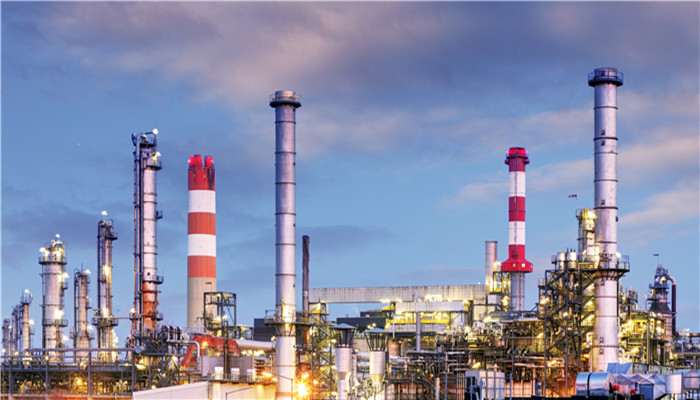
Ultra-low ash polypropylene market demand relies on imports, and the industry has huge room for development
Ultra-low ash polypropylene refers to polypropylene products with an ash content within 0.005. Ultra-low ash polypropylene is currently mainly used in electronic and electrical products, baby plastic products, household appliances and other fields. At present, electronics and electrical appliances are the main application fields of ultra-low ash polypropylene. Among them, battery separators have a high consumption of ultra-low ash polypropylene, accounting for about 64%, followed by capacitor separator materials, which account for 28% of the market.
Battery separators are the most important downstream of ultra-low ash polypropylene and are mainly used in the production of dry-process lithium battery separators. Due to the lower production cost and simple process of dry separators, the demand for early application is high. However, compared with dry separators, wet separators have excellent performance and safety, and can meet the gradual development of new energy vehicle power batteries in the direction of high energy, so future application requirements will be higher. Wet process separators have been widely used, while the market demand for dry process separators has decreased, and the ultra-low ash polypropylene market has gradually shrunk.
my country’s ultra-low ash polypropylene market demand mainly relies on imports. At present, more than 90% of products are imported, mainly from Korea Petrochemical, Borealis, TPC, etc. The above three companies are the world’s largest ultra-low ash polypropylene manufacturers, accounting for The world’s ultra-low ash polypropylene accounts for 90% of the market share. At present, the ultra-low ash polypropylene brands imported into my country include HC310BF series, S800 series, and FS3030 series.
Currently, companies in China that can produce ultra-low ash polypropylene include Zhongyuan Petrochemical, Shanghai Petrochemical, Xinjiang Dushanzi Petrochemical, Qingdao Refining and Chemical, Yangzi Petrochemical, Luoyang Petrochemical, North Huajin Chemical, Liaoyang Petrochemical, etc. According to the released “China’s Ultra-Low Gray Polypropylene Industry Market Monitoring and Future Development Prospects Research Report 2021-2025” shows that, Although my country has achieved ultra-low ash polypropylene production, the output is relatively low. The current domestic annual output is less than 20,000 tons. In terms of consumer demand, benefiting from the development of the new energy automobile industry, my country’s demand for ultra-low ash polypropylene is relatively high, with annual consumption of 105,000 tons.
Ultra-low ash polypropylene is a high-end polyolefin product with high added value and currently sells at a high price. Driven by the development trend of the new energy vehicle industry, there are certain development opportunities in the ultra-low ash polypropylene industry in the short term. Although ultra-low ash polypropylene has high application value in automobiles, baby products, electrical appliances and other fields, the market capacity is small, the industry ceiling is low, and the market attractiveness is small. Therefore, domestic ultra-low ash polypropylene production technology has been slowly improved, and the current market Demand depends on imports.
Industry analysts said that ultra-low ash polypropylene is mainly used in the production of dry battery separators and is used in new energy vehicle power batteries. Application, with the development of downstream industries, the application demand of ultra-low ash polypropylene is rising. In recent years, new energy vehicle technology has gradually matured, power batteries have developed towards high density and high energy, the demand for wet separator applications has increased, and the market demand for ultra-low ash polypropylene has decreased. The ceiling of the ultra-low ash polypropylene industry is low, and the battery separator field with the highest application demand is shrinking. The market is less attractive to domestic companies, and domestic companies are slowly improving their production technology. In the short term, market demand still relies on imports.

 微信扫一扫打赏
微信扫一扫打赏

